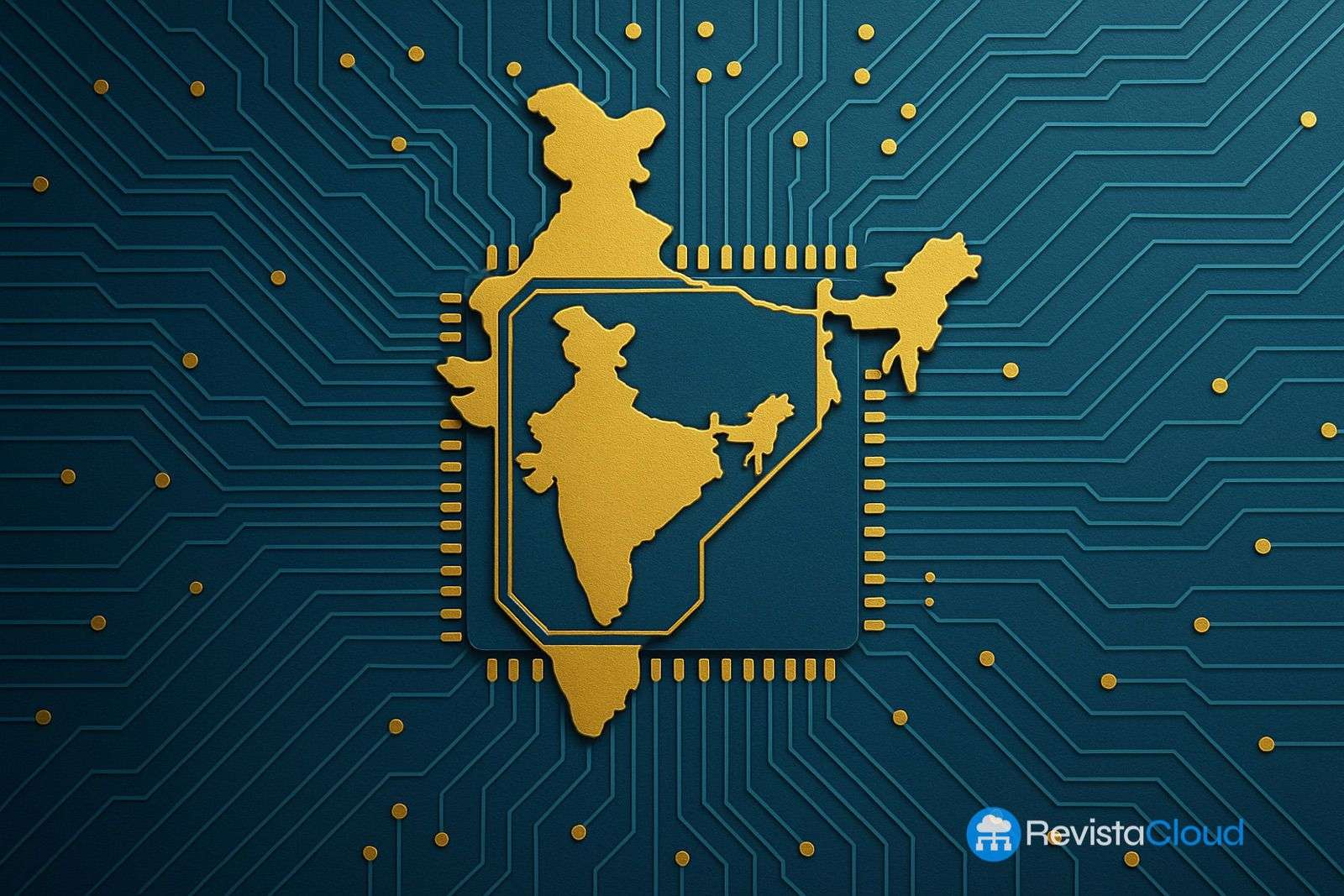Graphcore, a 100% subsidiary of SoftBank, has announced the opening of an AI Engineering Campus in Bengaluru (India) with an investment of up to £1 billion over the next decade and the creation of 500 specialized semiconductor jobs. The company is already hiring the first 100 profiles in logic and physical design, verification, characterization, and bring-up of silicon.
The new center will be a core part of Graphcore’s effort to build the next generation of AI computing, aligned with SoftBank Group‘s vision of becoming a leading provider of Artificial Super Intelligence (ASI) platforms. Since the Japanese conglomerate acquired Graphcore in 2024, it has outlined several AI infrastructure initiatives — including the Stargate project with a $500 billion investment in collaboration with OpenAI and Oracle — which now gain engineering momentum in India.
Nigel Toon, co-founder of Graphcore, frames the decision as part of the group’s long-term strategy: SoftBank’s investment in the company could reach £1 billion annually in the coming years, also leading to doubling Graphcore’s workforce in the UK to around 750 employees, with a focus on silicon, software, and AI engineering.
Why Bengaluru (and why now)
Choosing Bengaluru — dubbed the “Silicon Valley of India” — was “the obvious decision,” according to the company. The city boasts an ecosystem of top-tier universities, high-growth startups, and multinational tech firms, along with policies aimed at the semiconductor industry. The Indian government and Prime Minister Narendra Modi have launched national programs for specialized training, manufacturing incentives, and design capabilities, aiming to strengthen the country’s technological autonomy.
For Graphcore, the Indian campus complements its base in Bristol (UK) and expands its capacity to deliver silicon products, data center infrastructure, and software to the “world’s leading AI practitioners,” with use cases spanning drug discovery, public health, environmental sustainability, and business productivity.
A strategic move in the AI silicon war
The India launch comes amid a global race to secure AI chip talent and supply chains. With NVIDIA, AMD, and Asian manufacturers leading the way, SoftBank enhances its commitment to computing intellectual property (Graphcore) and infrastructure platforms (Stargate) to support large-scale training and inference. Meanwhile, the group has accumulated over $12 billion in investments in the region over the last decade, building a network of subsidiaries and alliances in cloud, edge, and telecom.
The strategy revolves around three key pillars:
- Local talent and R&D: Bengaluru’s campus will supply teams in logical/physical design, verification, and bring-up, with an ongoing flow of mid- and senior-level professionals, as well as fresh graduates.
- SoftBank ecosystem: Graphcore will access resources and synergies with other portfolio companies, and tap into a partner network in AI and infrastructure.
- Market: India offers scale in operations, government projects, and global clients already deploying AI services in the region.
Jobs and talent: what Graphcore is looking for
The company has opened interest registration for semiconductor engineers of all levels. The first 100 prioritized roles include:
- Silicon Logical Design (RTL, microarchitecture, timing)
- Physical Design (floorplanning, place & route, signoff)
- Verification (UVM, coverage, formal)
- Characterization & Bring-up (silicon lab testing, ATE, post-silicon validation)
Meanwhile, the company confirms it will double its team in the UK to around 750 employees, focusing on silicon, software, and AI.
Startup culture, backing from a conglomerate: Graphcore maintains that it has preserved an innovative culture where “anyone can make an impact” and “moves quickly to seize opportunities,” now bolstered by the muscle of SoftBank and its partners.
SoftBank, Stargate, and the ASI vision
Since 2024, SoftBank has articulated its ambition to become a leading ASI platform. The Stargate program — announced with a plan to invest up to $500 billion over four years — targets new AI compute clusters in collaboration with OpenAI and Oracle. The Graphcore announcement fits into this puzzle: securing design and verification capacity for chips supporting that infrastructure.
The India opening is not just a cost move; it’s a sign of confidence in the local value chain — from training to manufacturing — and a message to competitors: SoftBank aims to bring silicon closer to where AI teams and customers are.
Key points of the announcement
- Investment: up to £1 billion over 10 years
- Jobs: 500 semiconductor positions in Bengaluru; over ~375 in UK (up to ~750)
- Immediate hiring: 100 roles in design/PD/verification/bring-up
- Strategy: Indian campus as a node for AI silicon within SoftBank’s ASI vision; synergies with Stargate (OpenAI/Oracle)
- Context: SoftBank has invested over $12 billion in India over the past decade
Why this matters (beyond India)
The anchor of semiconductor talent investment in a market where global demand for AI chips exceeds supply. For India, it means skilled employment and knowledge transfer; for SoftBank/Graphcore, it’s about speed of execution and resilience in their AI computing roadmap. For the industry, it’s another sign that the geography of silicon is no longer one-dimensional: Bengaluru is becoming a key player on the global design & bring-up map for AI.
via: graphcore

